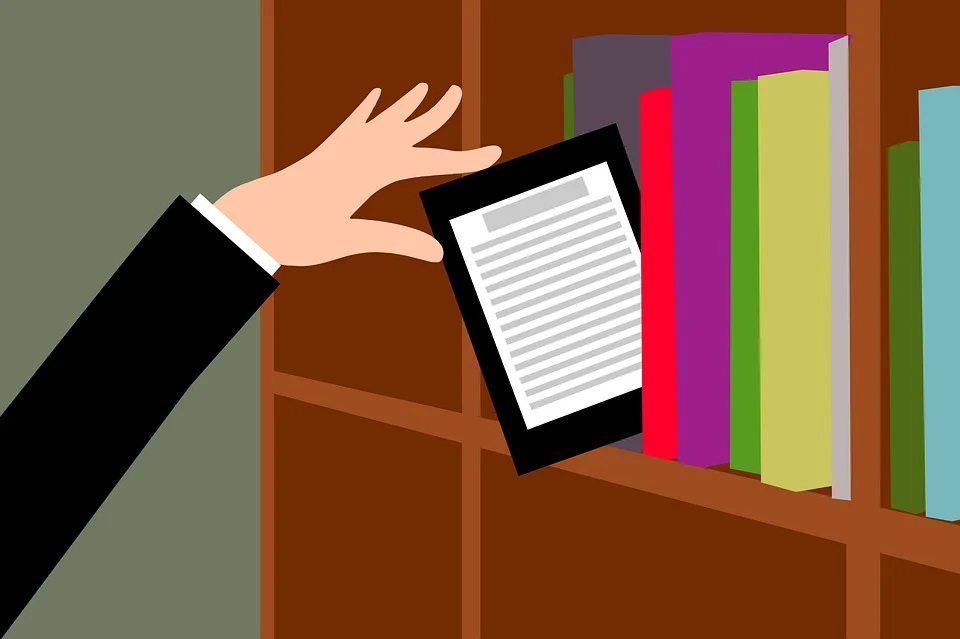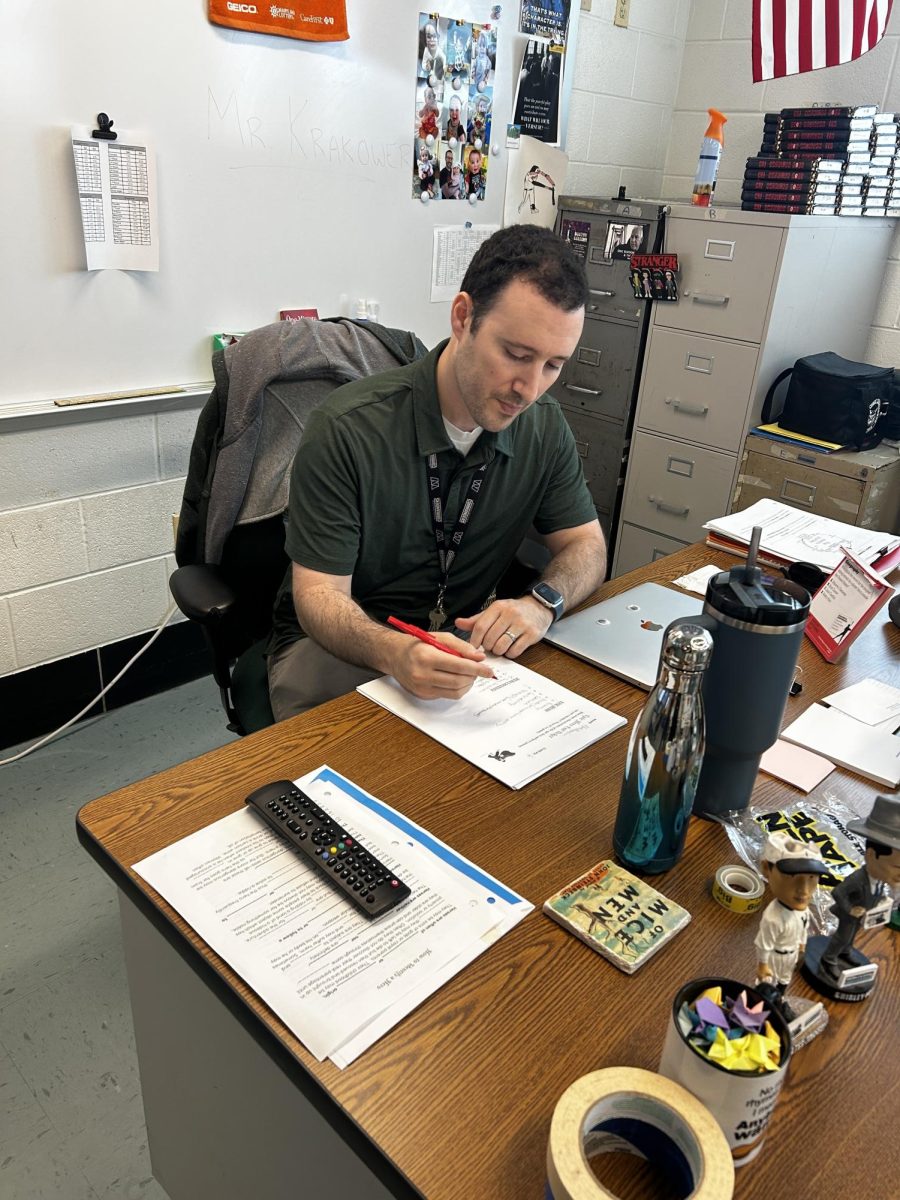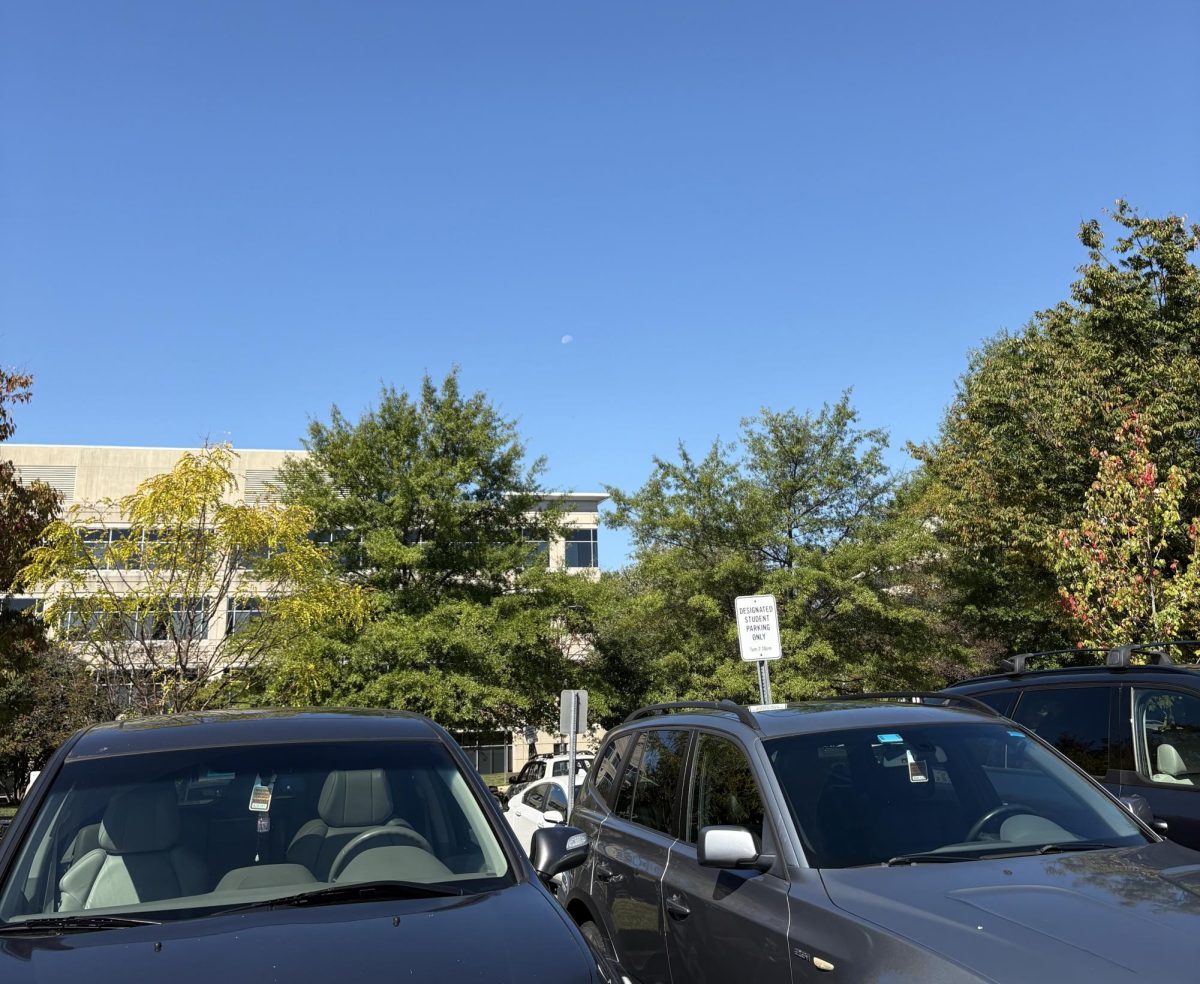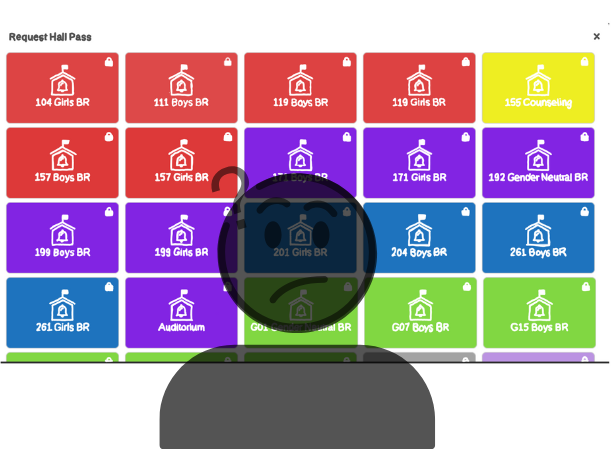In classrooms today, the battle between paper and pixels is in full swing. Teachers are utilizing multiple methods to deliver course content, from paper handouts to digital assignments. The outcome? Students are left to juggle both electronic and paper coursework.
As the digital era persists and all forms of technology evolve, so too must the technology at WJ. From supplying new Chromebooks to abolishing Promethean boards for Boxlights on Wheels, our school is embracing this electronic evolution. However, one aspect of education that can’t completely be digitized is the formatting of curriculums. Some coursework is preferred to be completed on paper.
“[AP Language and Composition] is designed to prepare students for real-world tasks and this is the way that most people navigate the world, at least for now,” Advanced Placement (AP) Language and Composition teacher Ian Matthews said. “In polling students, the overwhelming majority prefer reading hard copies rather than digital copies, and when trying to read things closely, print copies allow for easier annotations.”
While physical copies of excerpts might be more beneficial to students in an English class, polls from other courses have yielded different responses.
“Whenever I’ve asked or polled students about their preference, they seem to have an almost universal preference for everything to be digital,” Sociology and A.P. Psychology teacher Nicole McCarn said. “I assume it’s just what they’re used to and also allows them to have everything in one place where it’s easier to find and organize items.”
While online formatting assists teachers in some ways, it has its downsides. It takes one power outage or one student with poor access to Wi-Fi to completely jeopardize the teaching method. The online format increases the amount of times students become academically dishonest with AI or shared documents from other students. To combat the resulting increase in plagiarism, teachers need to acquaint themselves with the methods students are using.
“[AP Language and Composition teachers] use tools that allow us to identify any large copy/pastes, to replay students drafting work on the document if any discrepancies arise, as well as see how long a student actively worked on a document,” Matthews said. “I also try to run prompts and assignments, as well as student-generated thesis statements and outlines, through AI to familiarize myself with what the output looks like.”
The College Board has been leaning in favor of the electronic era, digitizing an increasing amount of A.P. exams as well as the SAT and ACT. These new electronic tests, although streamlined, are harder to prepare for when a teacher only gives paper practice quizzes and exam preparation. Some students have mixed feelings about the upcoming changes.
As technology continues to alter the education system, the tension between paper and pixels is highly unlikely to regress. While some students thrive in a digital environment, others are much more comfortable in a tactile environment. As the ever-evolving digital era pursues, the key is ensuring that the technological changes being made to the education system are relevant and enhance something rather than creating unnecessary tools.









